( P45 ) Contemporary Themes
VerifiedAdded on 2023/04/05
|7
|392
|207
PowerPoint Presentation
AI Summary
Business
important note file been added into her folder, please follow it
Contribute Materials
Your contribution can guide someone’s learning journey. Share your
documents today.
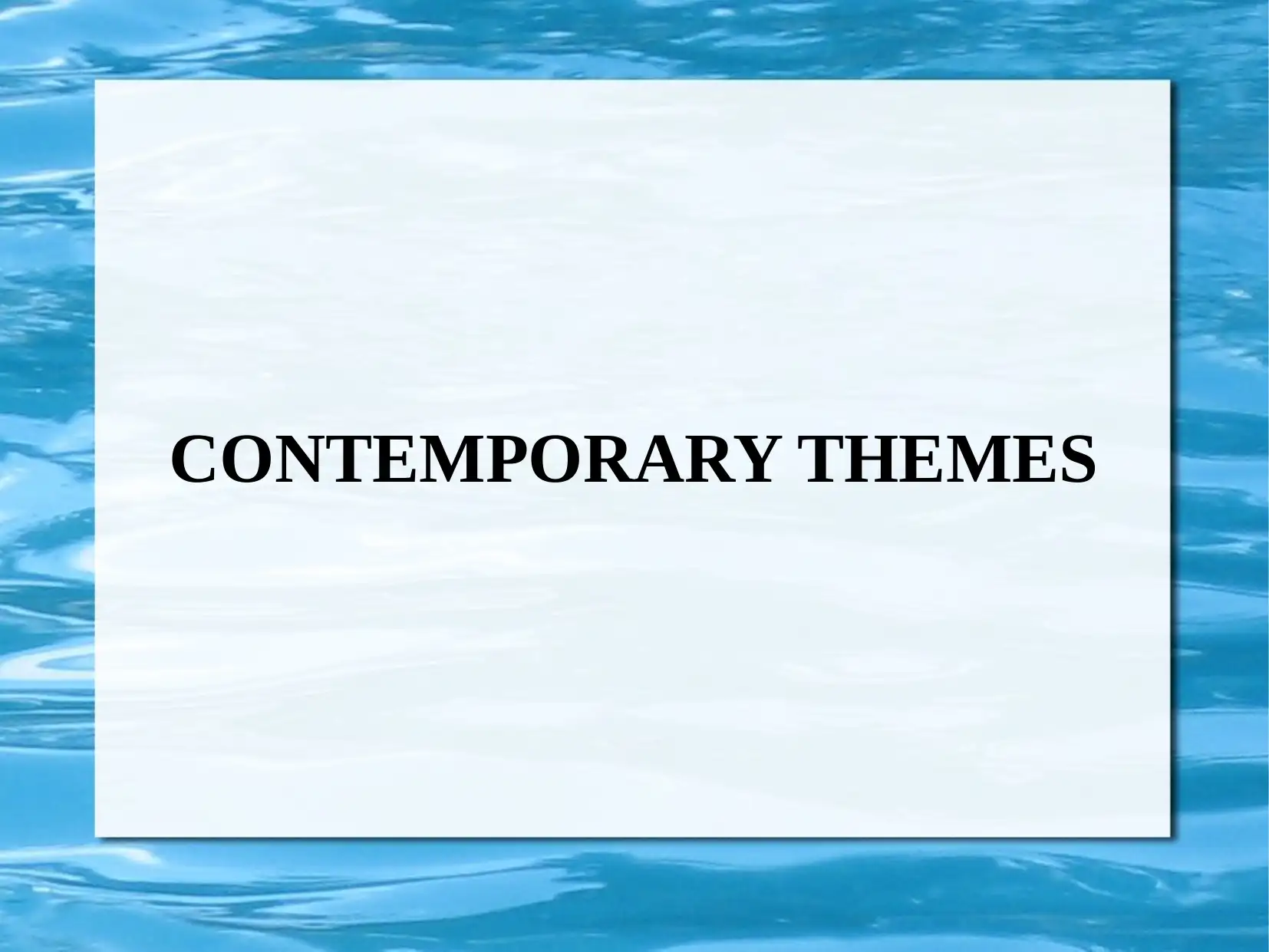
CONTEMPORARY THEMES
Secure Best Marks with AI Grader
Need help grading? Try our AI Grader for instant feedback on your assignments.
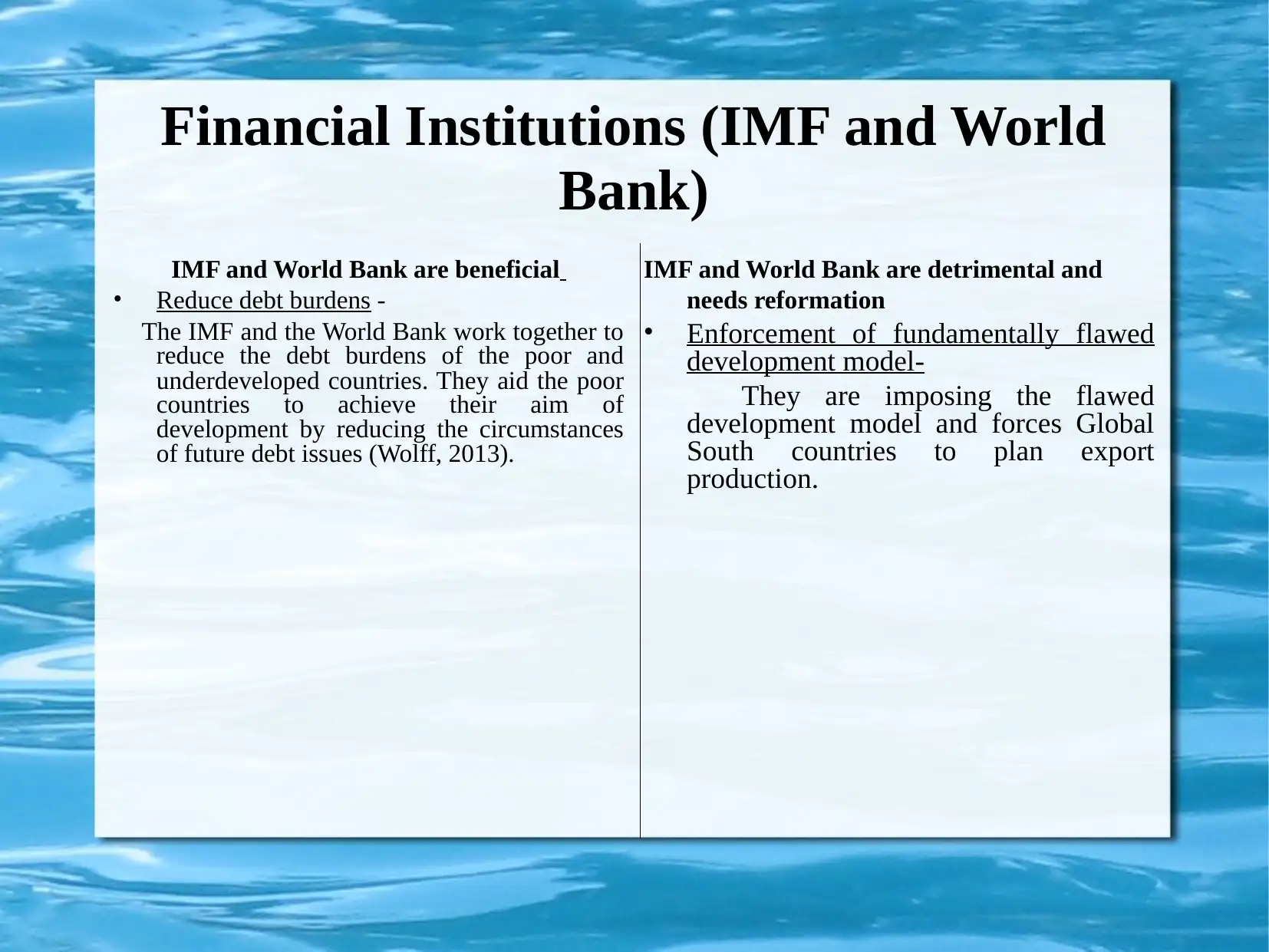
Financial Institutions (IMF and World
Bank)
IMF and World Bank are beneficial
• Reduce debt burdens -
The IMF and the World Bank work together to
reduce the debt burdens of the poor and
underdeveloped countries. They aid the poor
countries to achieve their aim of
development by reducing the circumstances
of future debt issues (Wolff, 2013).
IMF and World Bank are detrimental and
needs reformation
• Enforcement of fundamentally flawed
development model-
They are imposing the flawed
development model and forces Global
South countries to plan export
production.
Bank)
IMF and World Bank are beneficial
• Reduce debt burdens -
The IMF and the World Bank work together to
reduce the debt burdens of the poor and
underdeveloped countries. They aid the poor
countries to achieve their aim of
development by reducing the circumstances
of future debt issues (Wolff, 2013).
IMF and World Bank are detrimental and
needs reformation
• Enforcement of fundamentally flawed
development model-
They are imposing the flawed
development model and forces Global
South countries to plan export
production.
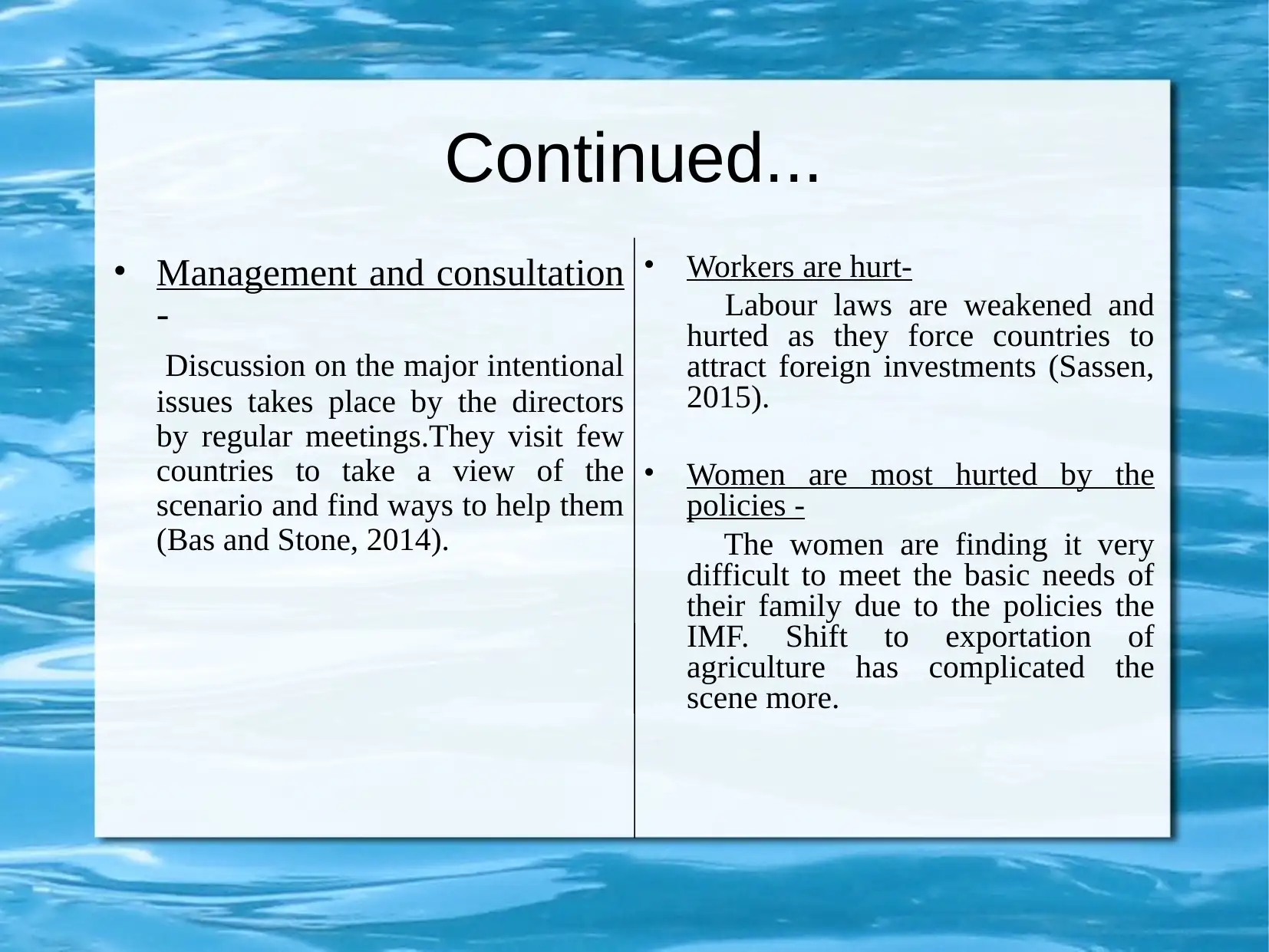
Continued...
• Management and consultation
-
Discussion on the major intentional
issues takes place by the directors
by regular meetings.They visit few
countries to take a view of the
scenario and find ways to help them
(Bas and Stone, 2014).
• Workers are hurt-
Labour laws are weakened and
hurted as they force countries to
attract foreign investments (Sassen,
2015).
• Women are most hurted by the
policies -
The women are finding it very
difficult to meet the basic needs of
their family due to the policies the
IMF. Shift to exportation of
agriculture has complicated the
scene more.
• Management and consultation
-
Discussion on the major intentional
issues takes place by the directors
by regular meetings.They visit few
countries to take a view of the
scenario and find ways to help them
(Bas and Stone, 2014).
• Workers are hurt-
Labour laws are weakened and
hurted as they force countries to
attract foreign investments (Sassen,
2015).
• Women are most hurted by the
policies -
The women are finding it very
difficult to meet the basic needs of
their family due to the policies the
IMF. Shift to exportation of
agriculture has complicated the
scene more.
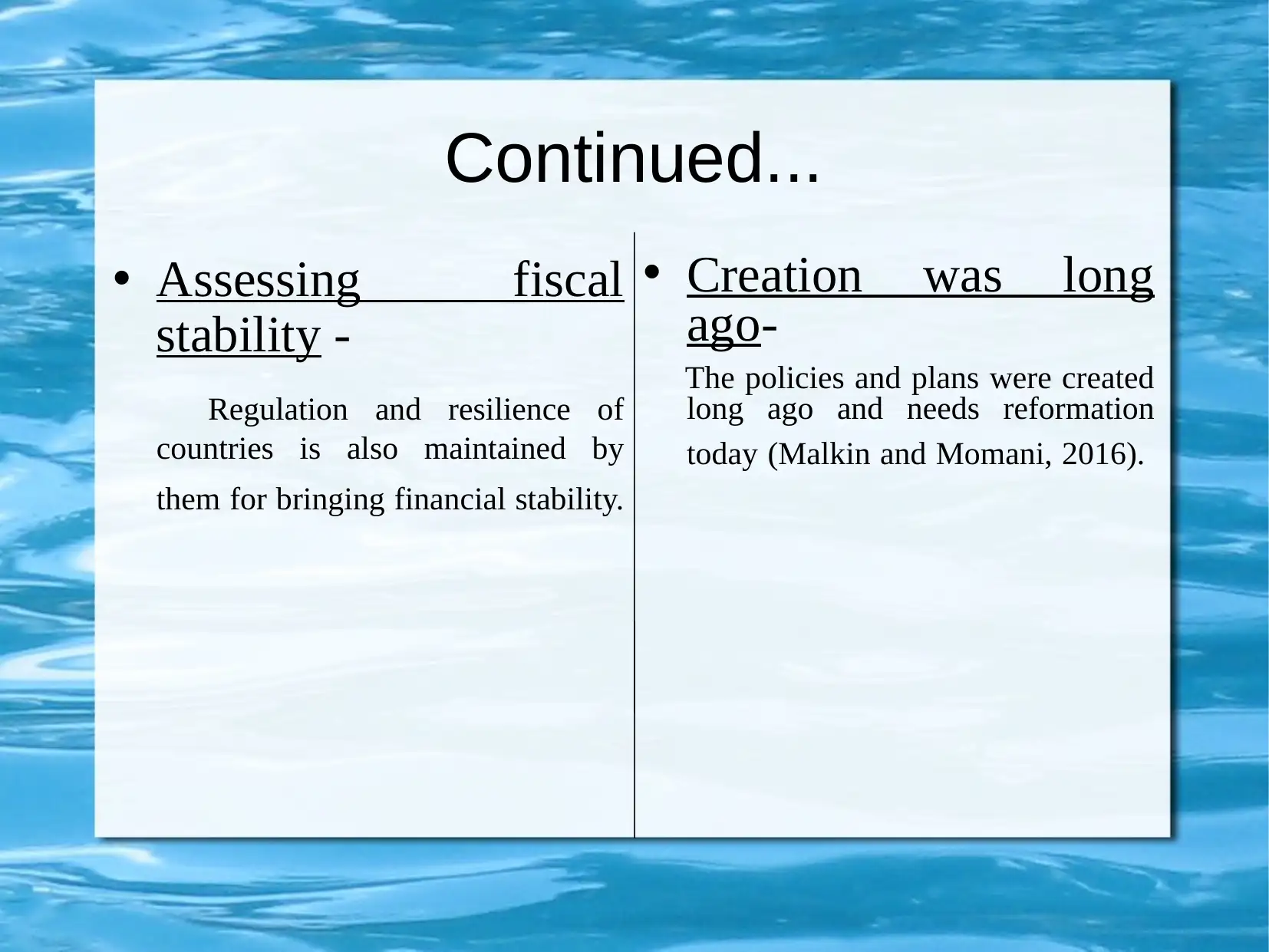
Continued...
• Assessing fiscal
stability -
Regulation and resilience of
countries is also maintained by
them for bringing financial stability.
• Creation was long
ago-
The policies and plans were created
long ago and needs reformation
today (Malkin and Momani, 2016).
• Assessing fiscal
stability -
Regulation and resilience of
countries is also maintained by
them for bringing financial stability.
• Creation was long
ago-
The policies and plans were created
long ago and needs reformation
today (Malkin and Momani, 2016).
Secure Best Marks with AI Grader
Need help grading? Try our AI Grader for instant feedback on your assignments.
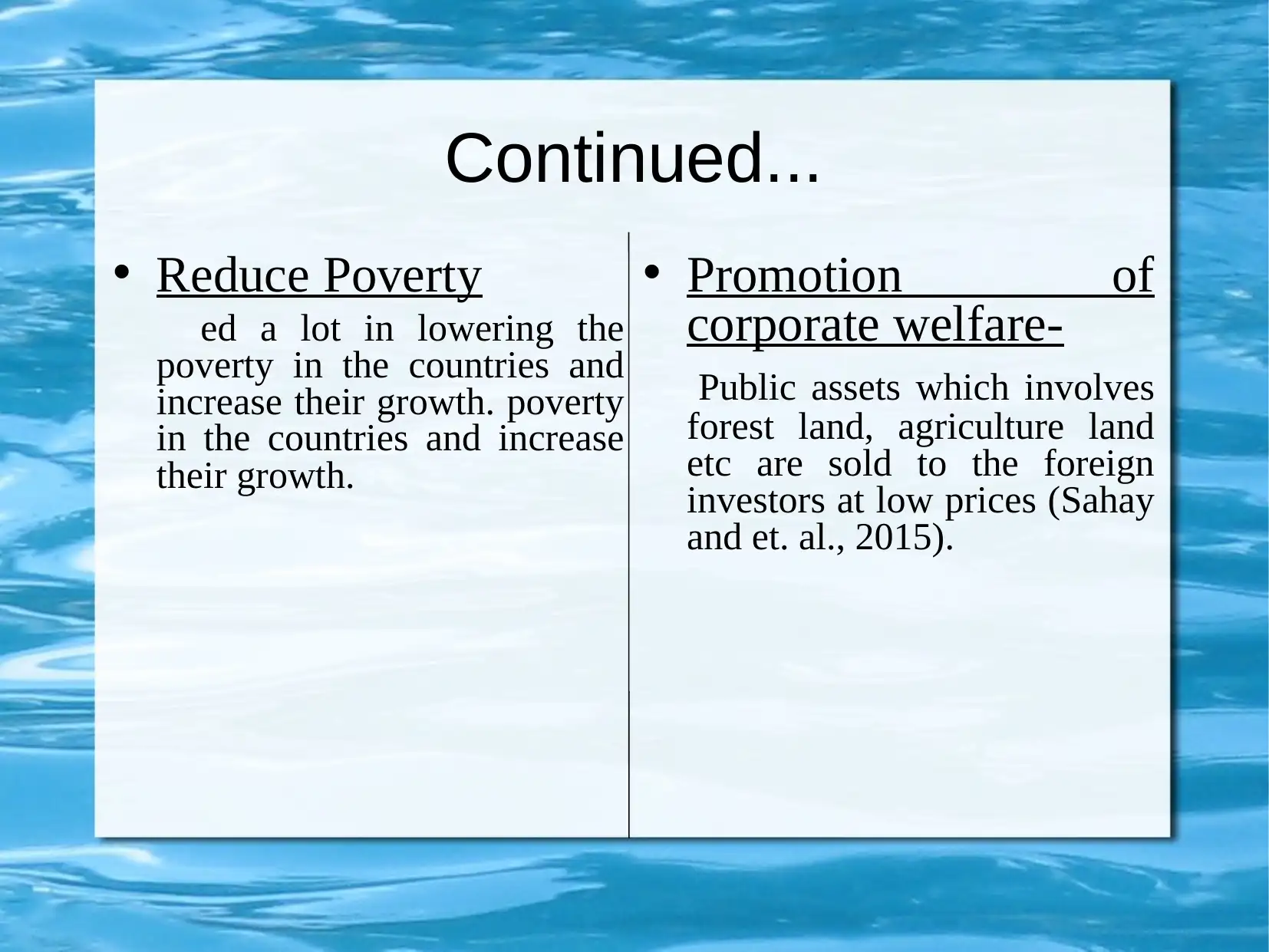
Continued...
• Reduce Poverty
ed a lot in lowering the
poverty in the countries and
increase their growth. poverty
in the countries and increase
their growth.
• Promotion of
corporate welfare-
Public assets which involves
forest land, agriculture land
etc are sold to the foreign
investors at low prices (Sahay
and et. al., 2015).
• Reduce Poverty
ed a lot in lowering the
poverty in the countries and
increase their growth. poverty
in the countries and increase
their growth.
• Promotion of
corporate welfare-
Public assets which involves
forest land, agriculture land
etc are sold to the foreign
investors at low prices (Sahay
and et. al., 2015).

REFERENCES
Wolff, M. J., 2013. Failure of the International Monetary Fund & World Bank to Achieve Integral Development: A
Critical Historical Assessment of Bretton Woods Institutions Policies, Structures & Governance. Syracuse J.
Int'l L. & Com.. 41. p.71.
Bas, M. A. and Stone, R. W., 2014. Adverse selection and growth under IMF programs. The Review of
International Organizations. 9(1). pp.1-28.
Malkin, A. and Momani, B., 2016. An Effective Asian Infrastructure Investment Bank: A Bottom Up Approach.
Global Policy. 7(4). pp.521-530.
Sahay, M. R.,and et. al., 2015. The future of Asian finance. International Monetary Fund.
Sassen, S., 2015. Shrinking Economies, Growing Global Markets for Land. The Global South. 8(2). pp.16-33.
Wolff, M. J., 2013. Failure of the International Monetary Fund & World Bank to Achieve Integral Development: A
Critical Historical Assessment of Bretton Woods Institutions Policies, Structures & Governance. Syracuse J.
Int'l L. & Com.. 41. p.71.
Bas, M. A. and Stone, R. W., 2014. Adverse selection and growth under IMF programs. The Review of
International Organizations. 9(1). pp.1-28.
Malkin, A. and Momani, B., 2016. An Effective Asian Infrastructure Investment Bank: A Bottom Up Approach.
Global Policy. 7(4). pp.521-530.
Sahay, M. R.,and et. al., 2015. The future of Asian finance. International Monetary Fund.
Sassen, S., 2015. Shrinking Economies, Growing Global Markets for Land. The Global South. 8(2). pp.16-33.
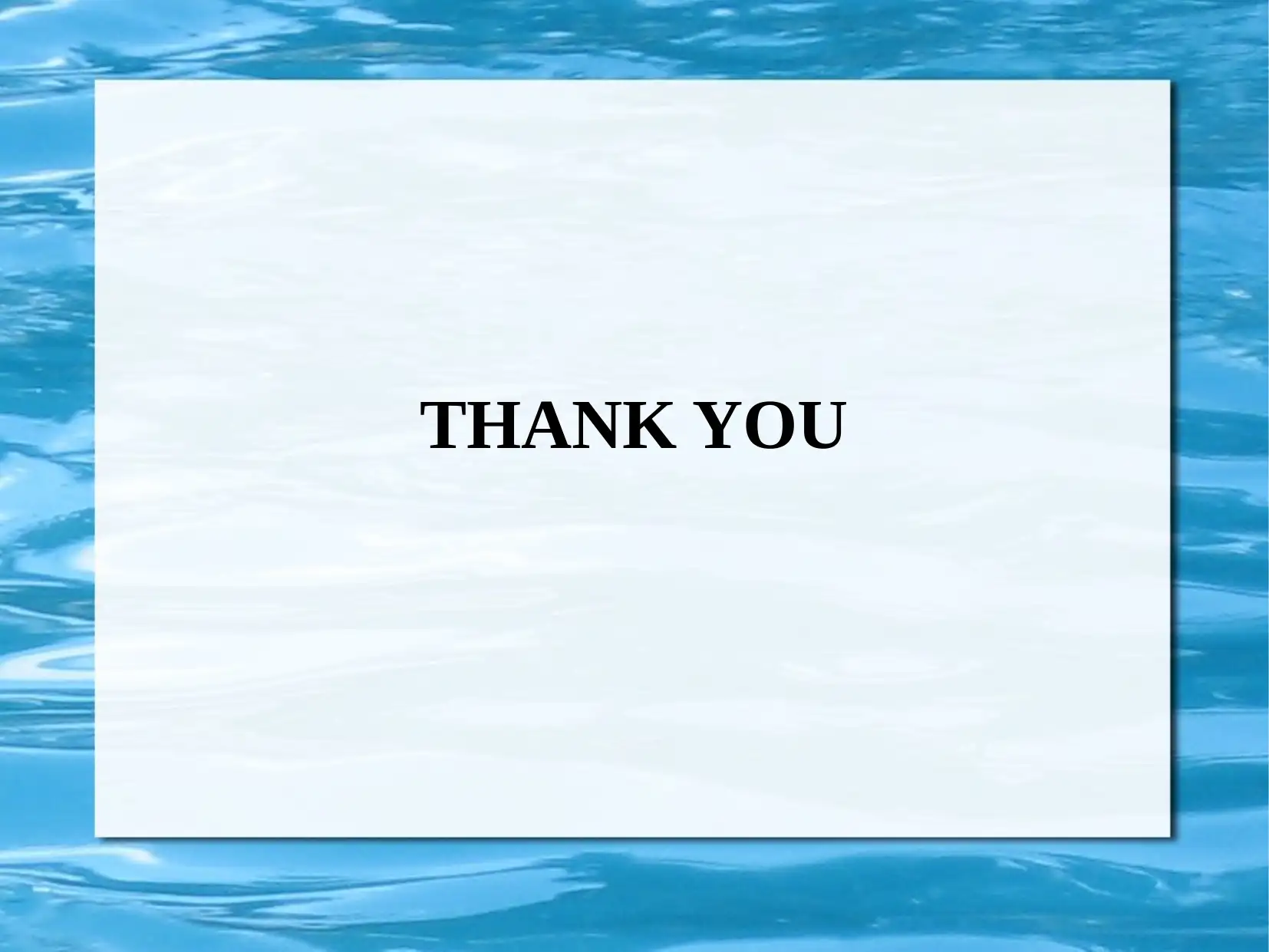
THANK YOU
1 out of 7
Your All-in-One AI-Powered Toolkit for Academic Success.
+13062052269
info@desklib.com
Available 24*7 on WhatsApp / Email
![[object Object]](/_next/static/media/star-bottom.7253800d.svg)
Unlock your academic potential
© 2024 | Zucol Services PVT LTD | All rights reserved.